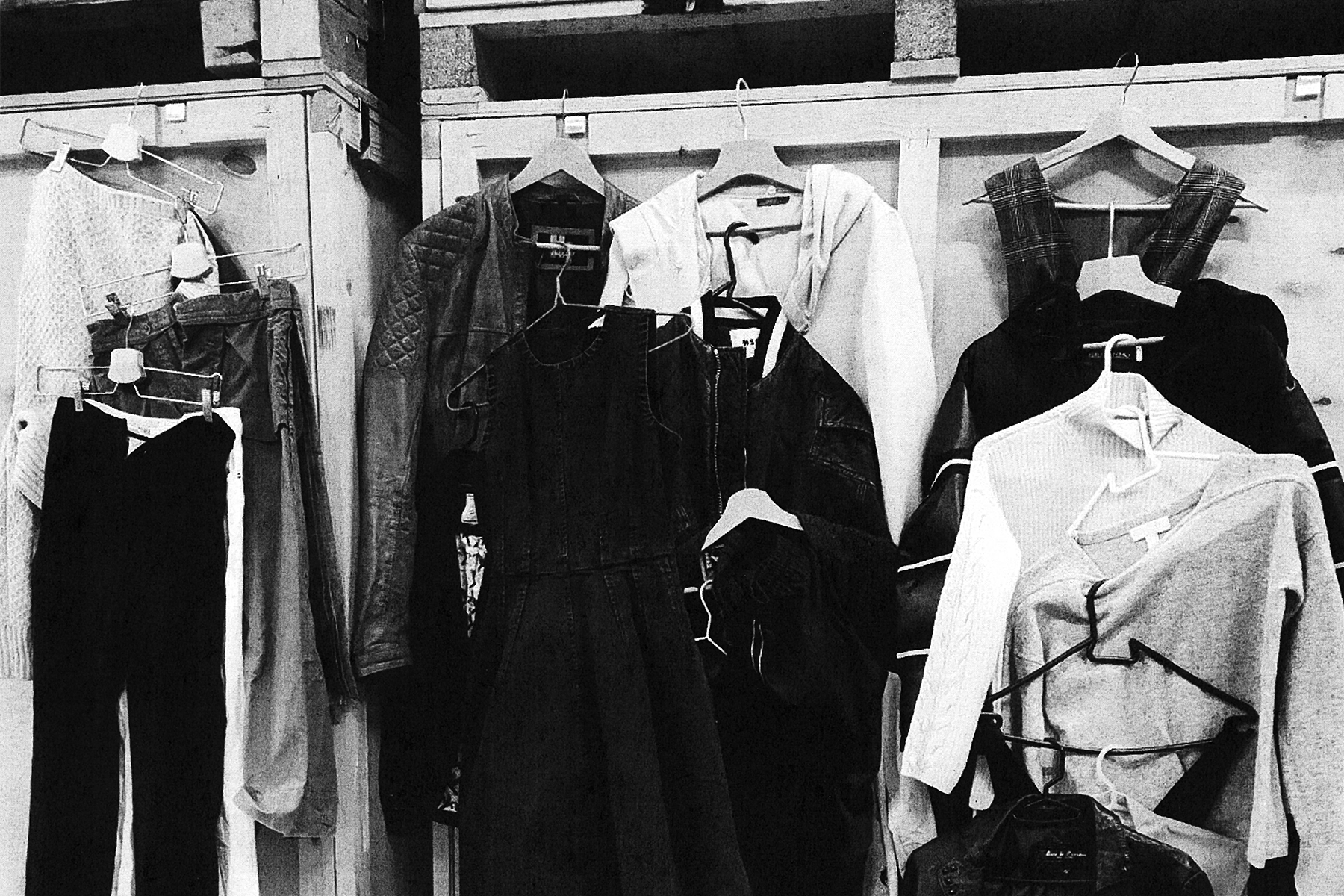Lloyd Corporation
Today’s gift is tomorrow’s commodity. Yesterday’s commodity is tomorrow’s found art object. Today’s art object is tomorrow’s junk. And yesterday’s junk is tomorrow’s heirloom
12.00 – 5pm
The safety of all our visitors and staff is paramount and so face coverings are required at all times in the galleries.
This exhibition, created following a sustained period of research by Lloyd Corporation over the last 18 months, is formed of two related installations.
Taking as a starting point the history of the barrel as a unit of measurement, symbol of trade and embodiment of trading narratives; the work reflects on the implications of global economic policy for local economic infrastructures. How for example do global systems of production impact on small, marginalised economies and communities, creating underground markets and supply routes? In an economy built on production and consumption of the new, what mechanisms are used for materials and items to circulate outside the distribution chains which produce them? How do those systems impact the lives of those sustained but this exchange economy?
Together the installations are an exploration of material, political and social structures of trade and exchange and are part of a series of exhibitions at Brighton CCA focusing on social isolation, environmental change and economic marginalisation.
Describing the genesis of their research the Lloyd Corporation said
We were in a small flea market shop on The Lanes in Brighton, one of the only ones open on a non-market day, during the early phase of Covid lockdown easing … we’ve always been drawn to these kinds of places. Where piles of stuff cascade onto one another, a clumsy and ambivalent materiality that doesn’t call out to be seen. Messy and informal with an unruliness to its staging that at least appears to evade composition and discipline. What Jane Bennet calls ’vibrant matter’. One never knows how long these things have actually been there for, placing them somewhere between alive and obsolete, trash or treasure, transient but enduring, trade and collection, commodities or gifts; and back again.
In the South Gallery the visitor encounters a darkened room illuminated by the light from three slide projectors. Each shows a looping collection of signs, adverts and notices from the streets, photographed by the artists over years across multiple locations; London, Athens and Brighton among them. These places refer both to the site of the exhibition and locations in which the artists – separated physically – found themselves during lockdown. The images form a kind of visual conversation, documenting the artists’ respective attention to the city and the ways public spaces become contested sites of communication. Each collection is a snap shot of a place, a society, a history of activity frozen in a moment; a kind of infinite broadcasting of announcements at times urgent, at others redundant. Placed in order by the artists for the start of the exhibition, the motion of the projectors generates a vast, unknowable series of image combinations. The layering of narratives and images mirrors the experience of encountering new versions and announcements in the streets; creating a unique set of stories at each visit.
In the related installation in the North Gallery, Lloyd Corporation have constructed a sculptural work of five shipping crates. Each is filled with goods collected by the artists in the run up to the exhibition from auctions, abandoned storage units, internet sites, junk shops and street finds. The work is a reflection of the history, systems and culture which enable the movement of goods outside the mainstream; from barrels and blind auctions to shipping crates and the recycle economy. The installation suggests the inadvertent ways in which these assembled items create narratives around themselves and the lives they inhabit.
Through this exploration of object biography, of collections and material accumulation, the artists create a network of connections between the items themselves and the activities and circumstances that link them together; of both global capitalism and informal local economies.
As part of the commission, Lloyd Corporation’s evolving research process has been made available in the Studio Dialogues section of the Brighton CCA website. The exhibition will also be accompanied by a public programme of talks, screenings and workshops further developing ideas from the exhibition and related research within the University. In addition, a new text further contextualising and responding to the exhibition commissioned from Dr Nina Wakeford, artist and Reader in Sociology at University of London, Goldsmiths is available in the gallery and online.
Lloyd Corporation are an artist duo based in London and Athens.
1. Arjun Appadurai; The Thing Itself. Public Culture1 January 2006; 18 (1): 15–22.













